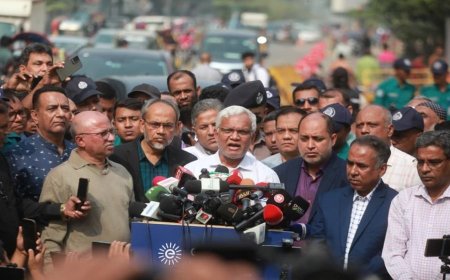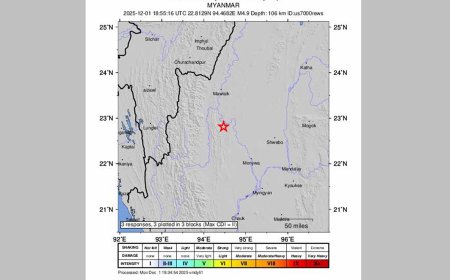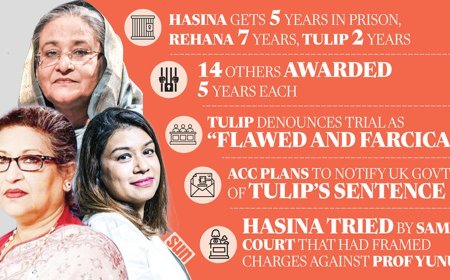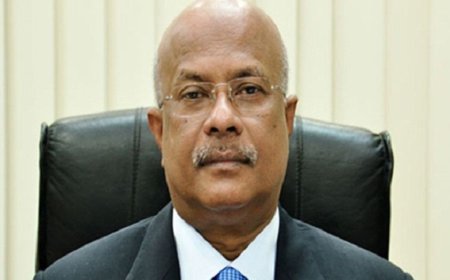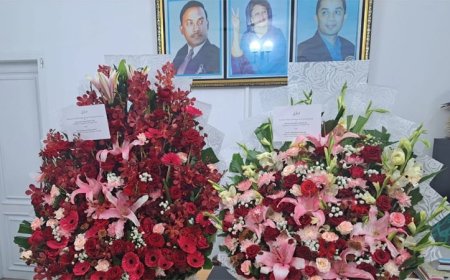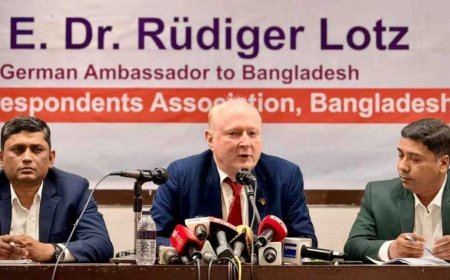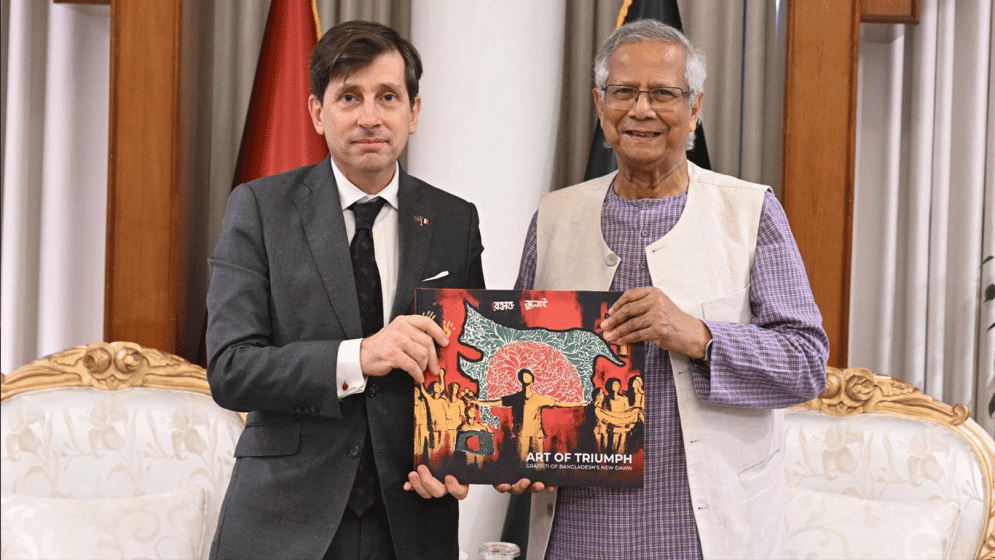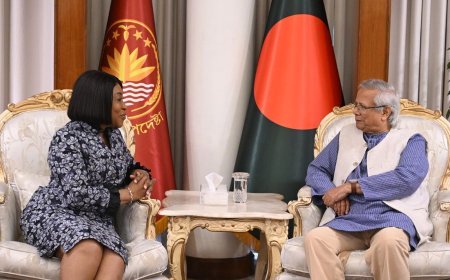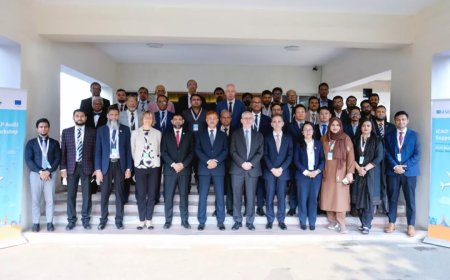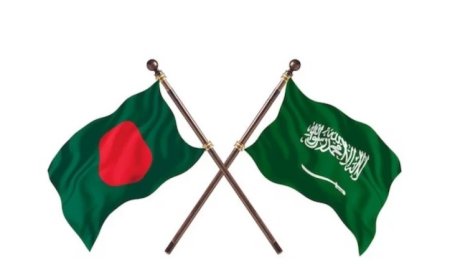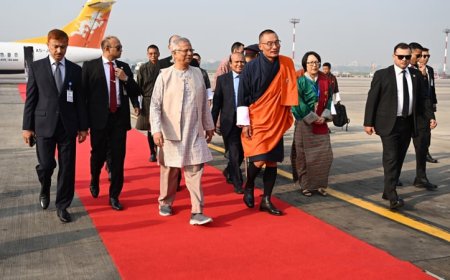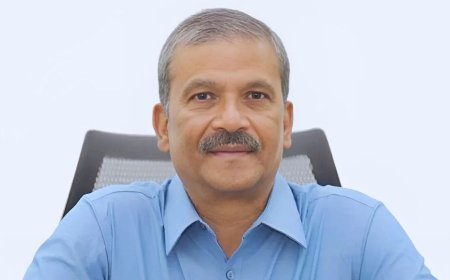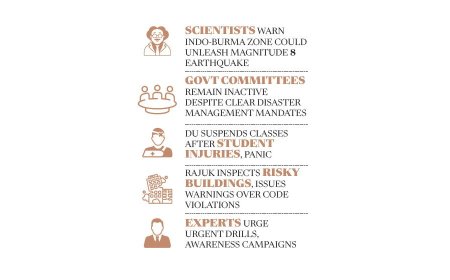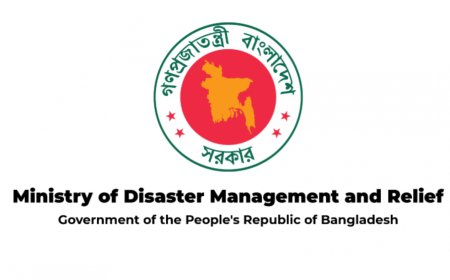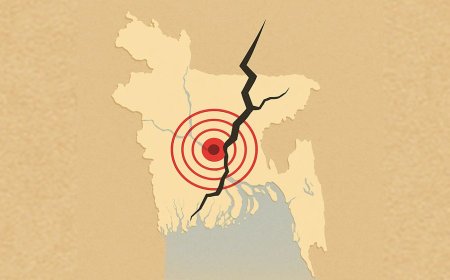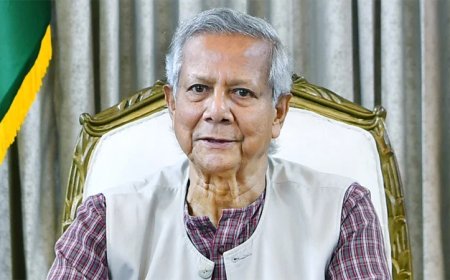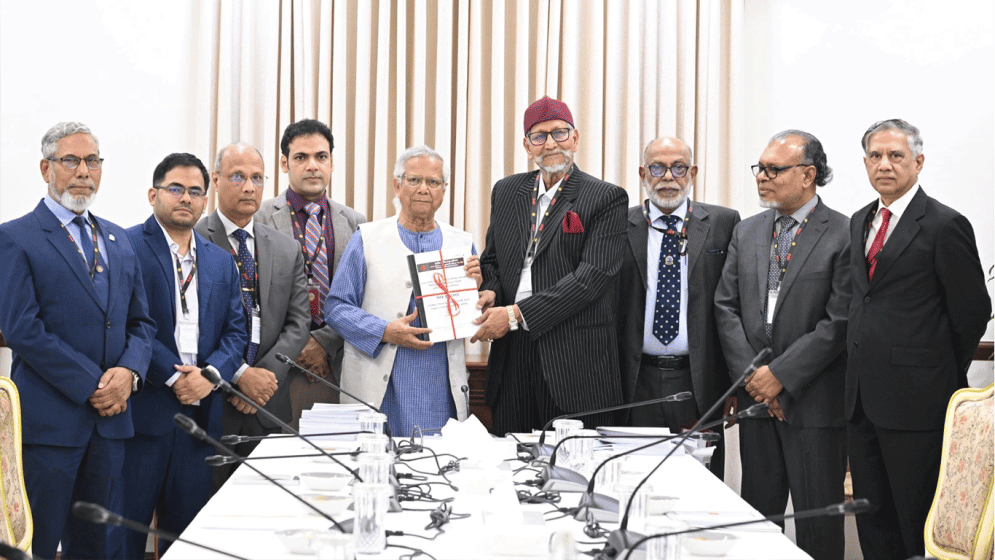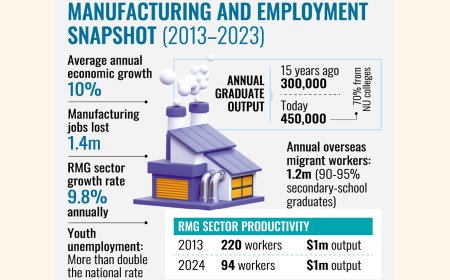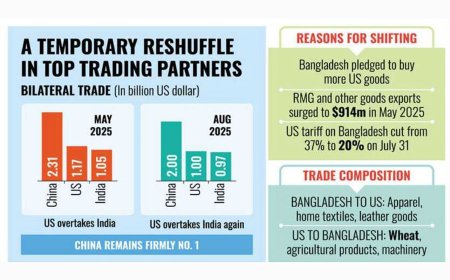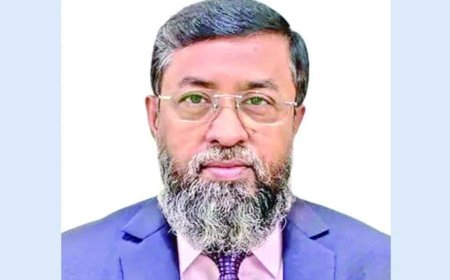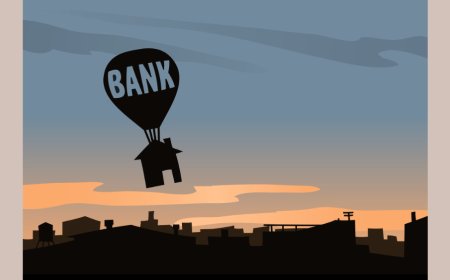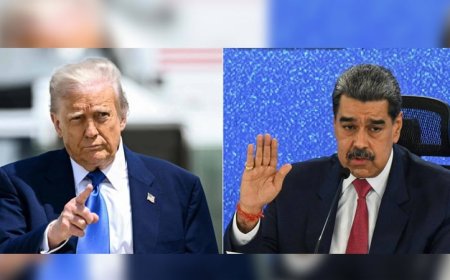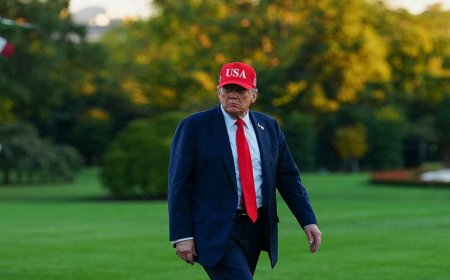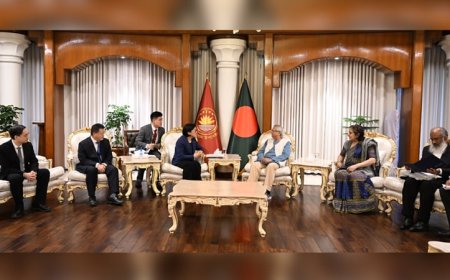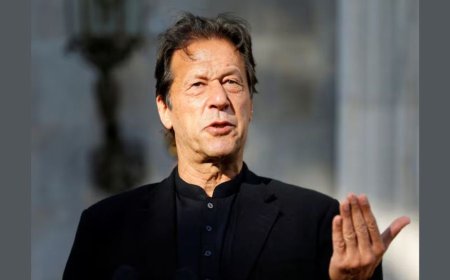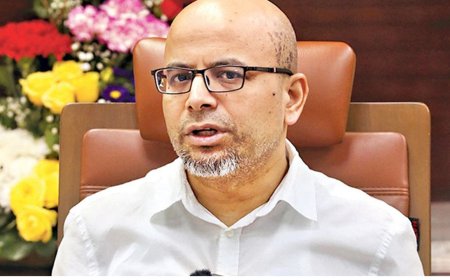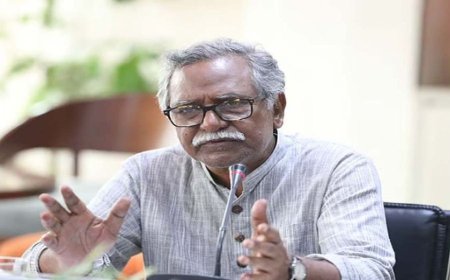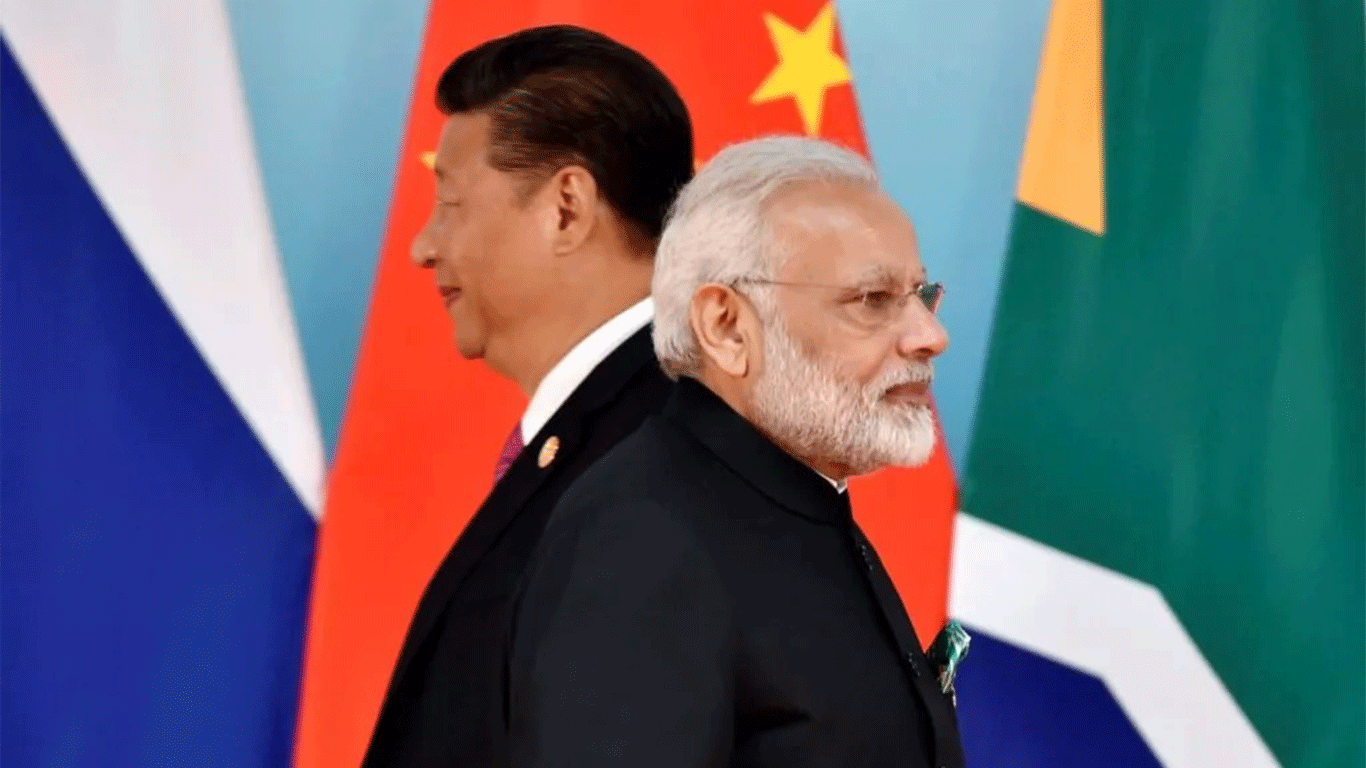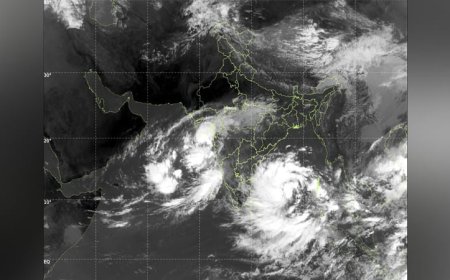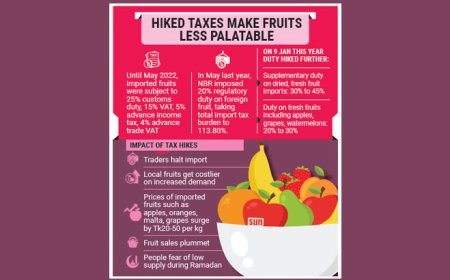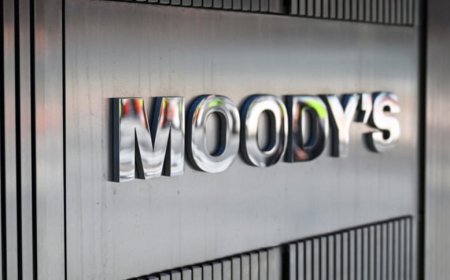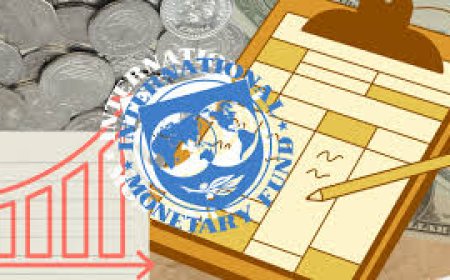Tourism in Bangladesh: Costly Despite Subpar Service
Regular tourists and tour operators report that hotel and resort rates in the country are higher than in many neighboring nations.
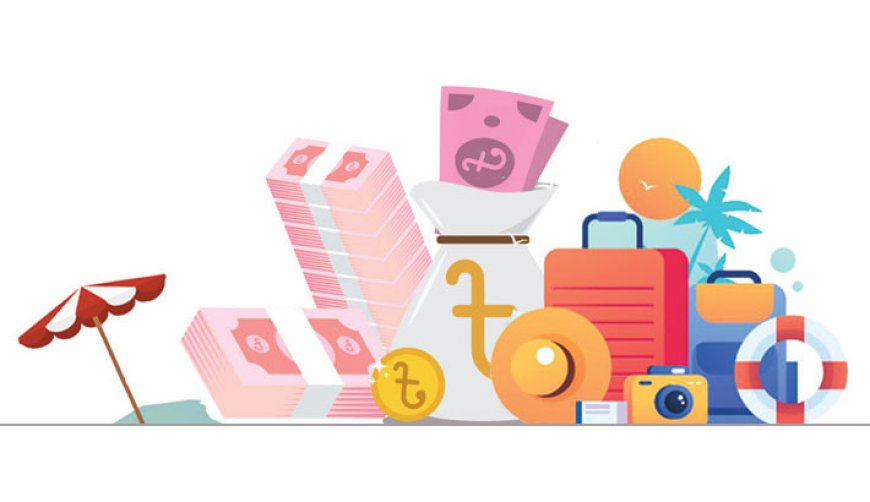
Bangladesh Tourism: Expensive Despite Its Natural Beauty
Bangladesh, a natural treasure trove with countless mesmerizing destinations, has long struggled to unlock its tourism potential. The main culprit: low-quality service offered at higher costs compared to regional competitors.
Regular tourists and tour operators note that hotel and resort rates in the country are higher than in many neighboring nations. Transportation expenses are steep, and food prices remain relatively high.
Seasoned travelers who have visited Thailand, Indonesia, Vietnam, Malaysia, Singapore, Nepal, Bhutan, Sri Lanka, the Maldives, and various Indian states over the past decade report that, except for Singapore and the Maldives, tourism costs in Bangladesh are considerably higher than in all other countries they visited.
Airfares, bus fares, and car rentals in Bangladesh are significantly inflated. Restaurants charge more than their counterparts abroad, and hotels or resorts of similar standards often cost nearly double compared to neighboring nations.
“I spent over Tk 40,000 for a two-day stay at a resort in Habiganj. The cost was far too high for the level of service we received. Based on my international travel experiences, I could have enjoyed much better facilities in other countries for the same amount,” said Farhana Binte Mannan, senior vice president of a private bank, after her family trip.
“There are some good hotels and resorts here, but they cannot match the quality of service abroad while charging higher rates,” she added, naming India, Sri Lanka, Nepal, and Thailand as comparisons. The stark reality is that Bangladesh attracts far fewer foreign tourists than these countries annually.
Unable to draw the expected numbers of international visitors, Bangladesh’s tourism industry now depends largely on domestic travelers. With the economy growing, roughly 9–10 million local tourists visit different sites each year, generating significant income for tour operators and contributing to the national GDP.
The number of tour operators targeting local tourists is rising. Mahmudur Rahman Polash, who runs Flycap Travels, attributes high tourism costs primarily to syndicate business practices.
“There are syndicates at various tourist spots. For example, if you plan to visit the Sundarbans for a moonlit cruise, all boat fares increase simultaneously. The same happens in haor areas, Sajek Valley, and Rangamati. Such practices discourage both tourists and operators,” he told the Daily Sun.
High hotel rents also inflate holiday expenses. During peak season, a medium-quality hotel room in Cox’s Bazar costs at least USD 50 (Tk 6,100), while travelers could stay in a three-star hotel in Thailand, Malaysia, or even some European countries for the same price with a complimentary buffet breakfast.
Transportation and food costs further exacerbate the problem. A group of 15 people hiring a boat to explore Kaptai Lake in Rangamati must spend Tk 5,000–6,000, while individual boat rides with 20 others cost Tk 1,000–1,200 per person. Domestic flights of 30–40 minutes cost Tk 4,000–6,000, double what passengers pay for similar distances in neighboring countries. Bus fares for 200–300 kilometers cost Tk 1,500–2,000, whereas equivalent services abroad charge Tk 800–1,000.
Car rentals in Bangladesh are similarly overpriced. While renting a car in Bhutan or India for a day costs Tk 3,500–4,200, covering all city-to-city travel expenses, renting a similar vehicle in Bangladesh costs Tk 8,000–10,000.
Dining costs are also disproportionately high. A meal for two at a reasonably good restaurant can easily exceed Tk 1,000, while in Thailand, India, or Bhutan, a family can dine comfortably for roughly Tk 812.
“Infrastructure costs play a role, but the primary reason for expensive tourism is the mindset of business owners. They focus on maximizing immediate profit instead of retaining regular tourists. The sector needs training programs and incentives to foster a more tourist-friendly environment,” said Prof. Dr. Shariful Islam Khandakar, chairman of the Department of Tourism and Hospitality Management at the University of Dhaka.
Domestic tourist trips are usually concentrated during winter and Eid holidays, leading to overcrowding and further inflated costs. Expanding tourism to off-season periods could help mitigate this issue.
Bangladesh ranked 109th out of 119 economies in the Travel and Tourism Development Index 2024, last among 19 Asia-Pacific countries, according to a World Economic Forum report released on 21 May 2024.
Without addressing the high cost of tourism, Bangladesh risks continuing to lag behind in realizing its true potential in the sector.
What's Your Reaction?







